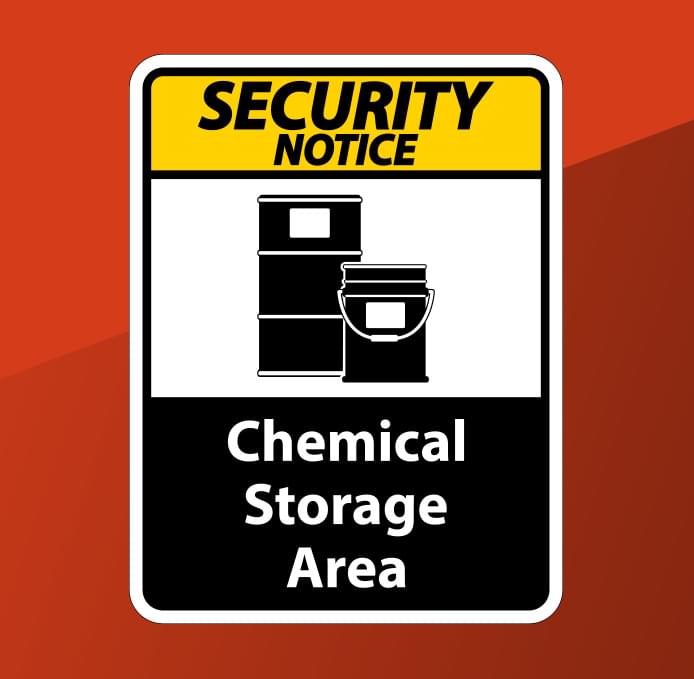COVID-19 Response Solutions VIEW OUR RANGE

COVID-19 Response Solutions VIEW OUR RANGE

.jpeg)
Many Australian businesses have, or are in the process of developing, a COVID-Safe Plan to establish protocols for cleaning and disinfecting their workplace to minimise the risk of coronavirus transmission.
For many, this may mean the introduction of Class 8 corrosive chemicals into their work environment to meet their obligations around disinfecting a range of frequently touched surfaces.
For the occupational health and safety of your business, employees and the public The Australian Standard AS 3780-2008 and Australian Dangerous Goods (ADG) Code sets out the regulatory requirements for how hazardous and corrosive substances must be stored.
The expert team at iQSafety have put together this handy guide to storing corrosive chemicals to ensure your business safety and compliance.
Defined in chapter 2.8 of the Australian Dangerous Goods Code
Generally, Class 8 corrosives fall into two categories:
Acids: such as acetic acid, nitric acid, hydrochloric acid, sulfuric acid, hydrofluoric acid and chromic acid; or
Bases: such as ammonium hydroxide, sodium hydroxide (caustic soda) and potassium hydroxide (caustic potash).
Acids, bases (including caustics or alkalis), and other corrosive chemicals are found in almost every workplace.
Because of the potential of these substances to cause significant harm to people, property and the environment, they must be stored, handled and disposed of in a safe and compliant manner.
To meet AS 3780-2008 standards, a corrosive storage cabinet must have the following design and construction features:
Sensible, practical and safe location of corrosive storage cabinets reduces the risk of workplace accidents, as such, you should consider the following when deciding where to install one within your workplace:
The workplace hazard signage requirements for corrosive substance storage can depend on regulations and codes of practices within the state or territory of your business, and design specifications and display of dangerous goods placards must also comply with AS 1216-2006 requirements.
Where a state or territory has no regulatory signage requirements, mark corrosive storage cabinets with the following:
All cabinet signs and markings should be visible with the cabinet doors closed.
Regulations limit the amount of harmful, dangerous and corrosive substances that can be stored indoors in Australian businesses.
The ADG Code puts a 1000kg/litre limit on the volume of corrosive substances permitted for storage within a workplace. When classifying corrosive substances, they will fall into one of three packing groups ranked by their danger.
Of the 1000Kg/L limit no more than 250Kg/L can be from the Packing Group II (Medium Danger) and no more than 50kg/L from Packing Group I (High Danger).
Where there are multiple safety cabinets installed in a building or area, they must be at least 5 metres apart.
It is essential to manage your chemical safety storage taking into consideration potential incompatibility between various substances.
Incompatible dangerous goods can react dangerously if stored side-by-side, this could include releasing toxic and corrosive gases and substances, combustion and even explosion.
Some of the dangerous substances incompatible with Class 8 corrosives include:

If you need workplace safety cabinets, iQSafety have a range of exceptional quality heavy-duty corrosive storage solutions. Whatever volume you need to store from as little as 15 litres up to 250 litres, we have polyurethane or metal corrosive safety storage cabinets suitable for indoor or outdoor use, and models for countertops, or under benches.
Give our friendly specialists a call to discuss your chemical storage needs.